Deliver effective care to patients with urolithiasis with this nursing care plan and management guide. Gain insights into nursing assessment, interventions, goals, and diagnosis customized for their specific needs. Enhance your ability to provide specialized care for patients with renal calculi.
What is Urolithiasis?
Urolithiasis is the process of forming stones in the kidney, bladder, and/or urethra (urinary tract). Kidney stones (calculi) are formed of mineral deposits, most commonly calcium oxalate and calcium phosphate; however, uric acid, struvite, and cystine are also calculus formers. Although renal calculi can form anywhere in the urinary tract, they are most commonly found in the renal pelvis and calyces. Renal calculi can remain asymptomatic until passed into a ureter and/or urine flow is obstructed when the potential for renal damage is acute.
There are four main types of kidney stones — calcium stones, uric acid stones, struvite stones, and cystine stones.
Nursing Care Plans and Management
Nursing goals for patients with urolithiasis aim to provide comprehensive care to manage pain, prevent complications, and facilitate the passage of kidney stones.
Nursing Problem Priorities
The following are the nursing priorities for patients with urolithiasis:
- Acute pain management. Managing acute pain is a top priority to provide immediate relief and improve the patient’s comfort.
- Infection control. Prompt identification and treatment of any infection is crucial to prevent further complications and ensure the patient’s well-being.
- Stone removal. The primary goal of treatment is to eliminate kidney stones.
- Prevention of stone recurrence. Implementing preventive measures, such as lifestyle modifications, dietary changes, and appropriate medical therapies, is important to reduce the risk of future stone formation.
- Renal function preservation. Protecting renal function through early intervention and appropriate management strategies is essential to maintain the overall health of the patient’s urinary system.
- Education and patient awareness. Informing patients about the causes, prevention strategies, signs of complications, and the importance of regular follow-ups to monitor their condition is important.
- Lifestyle modifications. Encouraging lifestyle changes, such as increased fluid intake, dietary adjustments (e.g., reduced sodium and oxalate intake), and regular physical activity, can help prevent stone recurrence and promote overall urinary health.
Nursing Assessment
Assess for the following subjective and objective data:
- Urgency and frequency; oliguria (retention)
- Hematuria
- Questions; request for information; statement of misconception
- Inaccurate follow-through of instructions, development of preventable complications
Assess for factors related to the cause of urolithiasis:
- Increased frequency/force of ureteral contractions
- Tissue trauma, edema formation; cellular ischemia
- Possibly evidenced by
- Reports of colicky pain
- Guarding/distraction behaviors, restlessness, moaning, self-focusing, facial mask of pain, muscle tension
- Autonomic responses
- Stimulation of the bladder by calculi, renal or ureteral irritation
- Mechanical obstruction, inflammation
- Nausea/vomiting (generalized abdominal and pelvic nerve irritation from renal or ureteral colic)
- Post obstructive diuresis
- Lack of exposure/recall; information misinterpretation
- Unfamiliarity with information resources
Nursing Diagnosis
Following a thorough assessment, a nursing diagnosis is formulated to specifically address the challenges associated with urolithiasis based on the nurse’s clinical judgment and understanding of the patient’s unique health condition. While nursing diagnoses serve as a framework for organizing care, their usefulness may vary in different clinical situations. In real-life clinical settings, it is important to note that the use of specific nursing diagnostic labels may not be as prominent or commonly utilized as other components of the care plan. It is ultimately the nurse’s clinical expertise and judgment that shape the care plan to meet the unique needs of each patient, prioritizing their health concerns and priorities.
Nursing Goals
Goals and expected outcomes may include:
- The patient will report relief of pain with spasms controlled.
- The patient will appear relaxed and will be able to sleep/rest appropriately.
- The patient will void in normal amounts and usual pattern.
- The patient will experience no signs of obstruction.
- The patient will maintain adequate fluid balance as evidenced by vital signs and weight within patient’s normal range, palpable
- The patient will demonstrate peripheral pulses, moist mucous membranes, and good skin turgor.
- The patient will verbalize understanding of disease process and potential complications.
- The patient will be able to correlate symptoms with causative factors.
- The patient will verbalize understanding of therapeutic needs.
- The patient will initiate necessary lifestyle changes and participate in treatment regimen.
Nursing Interventions and Actions
Therapeutic interventions and nursing actions for patients with urolithiasis may include:
1. Managing Pain
Acute pain is common in patients with urolithiasis because the passage of kidney stones through the urinary tract can cause irritation, inflammation, and obstruction, leading to intense pain. The severity of the pain can vary depending on the size and location of the stone. Effective pain management in patients with urolithiasis serves several important purposes. First and foremost, it aims to provide relief and alleviate suffering. The excruciating pain associated with kidney stones can significantly impact the patient’s physical and emotional well-being, impairing their daily activities and overall quality of life. By effectively managing pain, healthcare professionals can alleviate distress and improve the patient’s comfort.
1. Determine and note location, duration, intensity (0–10 scale), and radiation. Document nonverbal signs such as elevated BP and pulse, restlessness, moaning, thrashing about.
Aids to evaluate site of obstruction and progress of calculi movement. Flank pain suggests that stones are in the kidney area, upper ureter. Flank pain radiates to back, abdomen, groin, genitalia because of proximity of nerve plexus and blood vessels supplying other areas. Sudden, severe pain may precipitate apprehension, restlessness, and severe anxiety.
2. Justify and clarify cause of pain and the need of notifying caregivers of changes in pain occurrence and characteristics.
Provides opportunity for timely administration of analgesia (helpful in enhancing patient’s coping ability and may reduce anxiety) and alerts caregivers to possibility of passing of stone and developing complications. Sudden cessation of pain usually indicates stone passage.
3. Implement comfort measures (back rub, restful environment).
Promotes relaxation, reduces muscle tension and enhances coping.
4. Encourage use of focused breathing, guided imagery, and diversional activities.
Redirects attention and helps in muscle relaxation.
5. Assist with frequent ambulation as indicated and increased fluid intake of at least 3–4 L a day within cardiac tolerance.
Renal colic can be worse in the supine position. Vigorous hydration promotes passing of stones, prevents urinary stasis, and aids in prevention of further stone formation.
6. Document reports of increased and persistent abdominal pain.
Complete obstruction of ureter can cause perforation and extravasation of urine into perirenal space. This represents an acute surgical emergency.
7. Apply warm compresses to the back.
Relieves muscle tension and may reduce reflex spasms.
8. Check and sustain patency of catheters when used.
Prevents urinary stasis or retention, and reduces risk of increased renal pressure and infection.
2. Promoting Effective Urinary Elimination
Because the presence of kidney stones in the urinary tract can cause blockages or partial obstructions, impaired urinary elimination is a common problem in patients with urolithiasis. This can result in urinary retention, urinary tract infections, and other complications. Effective urinary elimination aims to ensure the proper passage of urine, aid in the elimination of kidney stones, and maintain the overall health of the urinary system. The goals of promoting effective urinary elimination in patients with urolithiasis are multifaceted. First and foremost, it aims to relieve urinary obstruction and restore the normal flow of urine. By facilitating the passage of urine, healthcare professionals can help alleviate pain, reduce urinary stasis, and prevent further complications, such as urinary tract infections or renal damage.
1. Record I&O and characteristics of urine.
Provides information about kidney function and presence of complications (infection and hemorrhage). Bleeding may indicate increased obstruction or irritation of ureter. Note: Hemorrhage due to ureteral ulceration is rare.
2. Determine patient’s normal voiding pattern and note variations.
Calculi may cause nerve excitability, which causes sensations of urgent need to void. Usually frequency and urgency increase as calculus nears ureterovesical junction.
3. Encourage the patient to walk if possible.
To facilitate spontaneous passage.
4. Promote sufficient intake of fluids.
Increased hydration flushes bacteria, blood, and debris and may facilitate stone passage.
5. Offer fruit juices, particularly cranberry juice.
To help acidify urine.
6. Strain all urine. Document any stones expelled and send to laboratory for analysis.
Retrieval of calculi allows identification of type of stone and influences choice of therapy.
7. Investigate reports of bladder fullness; palpate for suprapubic distension. Note decreased urine output, and presence of periorbital and dependent edema.
Urinary retention may develop, causing tissue distension (bladder, kidney), and potentiates risk of infection, and renal failure.
8. Observe for changes in mental status, behavior, or level of consciousness.
Accumulation of uremic wastes and electrolyte imbalances can be toxic to the CNS.
9. Maintain patency of indwelling catheters (urethral, urethral, or nephrostomy) when used.
May be required to facilitate urine flow and prevent retention and corresponding complications. Note: Tubes may be occluded by stone fragments.
10. Irrigate with acid or alkaline solutions as indicated.
Changing urine pH may help dissolve stones and prevent further stone formation.
11. Check laboratory studies (electrolytes, BUN, Cr).
Elevated BUN, Cr, and certain electrolytes indicate presence and degree of kidney dysfunction.
12. Obtain urine for culture and sensitivities.
Determines presence of UTI, which may be causing or complicating symptoms
3. Promoting Optimal Fluid Balance
Patients with urolithiasis are at risk for inadequate fluid volume due to factors such as dehydration, reduced oral intake, and increased urinary output resulting from the formation and passage of kidney stones. Additionally, after the obstruction caused by a kidney stone is relieved, some patients may experience post-obstructive diuresis, which can further increase urinary output and exacerbate fluid and electrolyte imbalances. Achieving and maintaining appropriate fluid balance is essential in preventing stone recurrence, promoting stone passage, and preserving urinary system health. Effective management of fluid balance aims to ensure adequate hydration, promote urinary flow, and prevent the recurrence of kidney stones.
1. Monitor and document I&O and daily weight.
Comparing actual and anticipated output may aid in evaluating presence and degree of renal stasis or impairment.
Note: Impaired kidney functioning and decreased urinary output can result in higher circulating volumes with signs and symptoms of HF.
2. Note incidence and document characteristics and frequency of vomiting and diarrhea, as well as accompanying or precipitating events.
Nausea and vomiting and diarrhea are commonly associated with renal colic because celiac ganglion serves both kidneys and stomach. Documentation may help rule out other abdominal occurrences as a cause for pain or pinpoint calculi.
3. Promote fluid intake to 3–4 L a day within cardiac tolerance.
Maintains fluid balance for homeostasis and “washing” action that may flush the stone(s) out. Dehydration and electrolyte imbalance may occur secondary to excessive fluid loss (vomiting and diarrhea).
4. Monitor vital signs. Evaluate pulses, capillary refill, skin turgor, and mucous membranes.
Indicators of hydration and circulating volume and need for intervention. Note: Decreased GFR stimulates production of renin, which acts to raise BP in an effort to increase renal blood flow.
5. Weigh daily.
Rapid weight gain may be related to water retention.
6. Check Hb and Hct, electrolytes.
Assesses hydration and effectiveness or need for interventions.
7. If patient can’t drink required amount of fluids, supplemental IV fluids may be given.
Maintains circulating volume (if oral intake is insufficient), promoting renal function.
8. Encourage appropriate diet, clear liquids, and bland foods as tolerated.
Easily digested foods decrease GI activity and irritation and help maintain fluid and nutritional balance.
9. Administer medications as indicated
Reduces nausea and vomiting.
4. Providing Patient Education and Teachings for Lifestyle Changes
Providing patient education and teachings for lifestyle changes is a crucial component of care for patients with urolithiasis, a condition characterized by the formation of kidney stones in the urinary tract. Urolithiasis is influenced by various lifestyle factors, including diet, fluid intake, and physical activity. Educating patients about these factors and empowering them to make necessary lifestyle modifications is essential in preventing stone recurrence, promoting overall urinary health, and improving long-term outcomes.
1. Recall and analyze disease process and future expectations.
Provides knowledge base from which patient can make informed choices.
2. Review dietary regimen, as individually appropriate:
- 2.1. Low-purine diet
Decreases oral intake of uric acid precursors. - 2.2. Low-calcium diet
Reduces risk of calcium stone formation. Note: Research suggests that restricting dietary calcium is not helpful in reducing calcium-stone formation, and researchers, although not advocating high-calcium diets, are urging that calcium limitation be reexamined. - 2.3. Low-oxalate diet
Reduces calcium oxalate stone formation. - 2.4. Short regimen: low-calcium or phosphorus diet with aluminum carbonate gel 30–40 mL, 30 min pc or hs.
Prevents phosphatic calculi by forming an insoluble precipitate in the GI tract, reducing the load to the kidney nephron. Also effective against other forms of calcium calculi. Note: May cause constipation.
3. Emphasize importance of increased fluid intake of 3–4L a day or as much as 6–8 L a day.
Flushes renal system, decreasing opportunity for urinary stasis and stone formation.
4. Encourage patient to notice dry mouth and excessive diuresis and diaphoresis and to increase fluid intake whether or not feeling thirsty.
Increased fluid losses or dehydration require additional intake beyond usual daily needs.
5. Discuss medication regimen; avoidance of OTC drugs, and read all product or food ingredient labels.
Drugs will be given to acidify or alkalize urine, depending on underlying cause of stone formation. Ingestion of products containing individually contraindicated ingredients (calcium, phosphorus) potentiates recurrence of stones.
6. Promote regular activity and exercise program.
Inactivity contributes to stone formation through calcium shifts and urinary stasis.
7. Active-listen concerns about therapeutic regimen and lifestyle changes.
Helps patient work through feelings and gain a sense of control over what is happening.
8. Identify signs and symptoms requiring medical evaluation (recurrent pain, hematuria, oliguria).
With increased probability of recurrence of stones, prompt interventions may prevent serious complications.
9. Demonstrate proper care of incisions and catheters if present.
Promotes competent self-care and independence.
5. Administering Medications and Pharmacologic Support
Medications play a vital role in the management of urolithiasis by addressing various aspects of the condition, including pain control, prevention of stone formation, and treatment of associated complications. The administration of medications and pharmacologic support in patients with urolithiasis requires close collaboration between healthcare professionals and patients. Healthcare providers play a crucial role in assessing the patient’s condition, determining the appropriate medications, and monitoring their effectiveness and potential side effects. Patient education is also important, ensuring that patients understand the purpose, dosage, and potential adverse effects of their prescribed medications.
1. Analgesics
These medications are used to relieve pain associated with kidney stones. They help alleviate the intense pain caused by stone movement and obstruction in the urinary tract. Commonly used analgesics include nonsteroidal anti-inflammatory drugs (NSAIDs) like ibuprofen and naproxen, as well as opioids such as morphine or oxycodone.
2. Alpha-blockers
Alpha-blockers are prescribed to relax the smooth muscles of the ureter, facilitating the passage of kidney stones. They help reduce ureteral spasms, allowing the stones to move more easily through the urinary tract. Tamsulosin is a commonly used alpha-blocker for this purpose.
3. Diuretics
Diuretics are medications that increase urine production and promote the flushing out of kidney stones. They may be prescribed to help increase urinary flow and facilitate the passage of stones. Thiazide diuretics, such as hydrochlorothiazide, are sometimes used to reduce calcium excretion and prevent the formation of certain types of stones.
4. Alkalinizing agents
These medications are used to increase the pH of urine, making it more alkaline. Alkalinizing agents are helpful in preventing the formation of uric acid stones, as they make the urine less acidic and reduce the solubility of uric acid. Potassium citrate is a commonly prescribed alkalinizing agent for patients with uric acid stones.
5. Uricosuric agents
Uricosuric agents are prescribed to reduce the concentration of uric acid in the urine by increasing its excretion. By promoting the elimination of uric acid, these medications help prevent the formation of uric acid stones. Probenecid is an example of a uricosuric agent.
6. Antibiotics
In cases where urinary tract infections (UTIs) occur concurrently with urolithiasis, antibiotics are prescribed to treat the infection and prevent its recurrence. The choice of antibiotic depends on the specific bacteria causing the infection and its susceptibility to different antibiotics.
6. Assessing and Monitoring for Potential Complications
Urolithiasis can give rise to various complications that require vigilant assessment and ongoing monitoring to ensure timely intervention and optimal patient outcomes. Urolithiasis, the presence of kidney stones in the urinary tract, can lead to a range of complications that can significantly impact patient health and well-being. These complications may include urinary tract infections (UTIs), obstructive uropathy, hydronephrosis, sepsis, renal impairment, and stone recurrence. Proactive assessment and ongoing monitoring of patients with urolithiasis are essential to identify potential complications, initiate timely interventions, and prevent further adverse outcomes.
1. Perform a comprehensive assessment of the patient’s medical history, including previous episodes of urolithiasis, associated symptoms, and risk factors such as family history, diet, and fluid intake.
A thorough assessment helps identify the patient’s specific risk factors, contributing factors, and potential complications associated with urolithiasis.
2. Monitor vital signs regularly, including temperature, heart rate, blood pressure, and respiratory rate, to detect any signs of infection or systemic complications.
Vital signs provide important information about the patient’s overall condition, including the presence of fever, which may indicate infection or other systemic complications.
3. Evaluate the intensity, location, and duration of the patient’s pain using a standardized pain assessment tool. Assess the effectiveness of pain relief measures and administer analgesics as prescribed.
Pain assessment is crucial for determining the severity of the patient’s symptoms and evaluating the effectiveness of pain management interventions, ensuring optimal comfort and promoting recovery.
4. Monitor the patient’s fluid intake and output to ensure an adequate urine output and prevent dehydration. Encourage the patient to maintain a high fluid intake unless contraindicated.
Adequate hydration helps promote urine flow and prevents the concentration of substances that can contribute to stone formation. Monitoring fluid balance helps prevent dehydration, which can worsen symptoms and increase the risk of complications.
5. Monitor the characteristics of the patient’s urine, including color, clarity, and presence of blood or sediment. Document any changes in urine output and report abnormal findings promptly.
Changes in urine characteristics can indicate the presence of infection, obstruction, or renal impairment. Monitoring urine output helps identify any decrease in urinary flow, which may be a sign of complications.
6. Monitor renal function by assessing laboratory values such as blood urea nitrogen (BUN), creatinine, and electrolyte levels. Notify the healthcare provider of any significant changes that may indicate renal impairment or obstruction.
Monitoring renal function through laboratory values helps identify any impairment or changes in kidney function, which may be caused by complications of urolithiasis, such as obstruction or infection.
7. Assess for signs and symptoms of urinary tract infection (UTI), such as fever, chills, dysuria, and increased frequency or urgency of urination. Collect urine samples for culture and sensitivity testing as indicated.
Patients with urolithiasis are at an increased risk of developing UTIs. Prompt identification and treatment of UTIs help prevent further complications and promote recovery.
8. Educate the patient about common symptoms associated with urolithiasis, such as flank pain, hematuria, and urinary urgency. Provide appropriate interventions to alleviate discomfort and promote patient comfort.
Patient education on urolithiasis symptoms helps patients recognize potential complications and seek timely medical intervention. Providing comfort measures helps alleviate discomfort and improve the patient’s overall well-being.
9. Administer prescribed medications accurately, including analgesics, antibiotics for infection, and medications to facilitate stone passage (if applicable). Monitor the patient for any adverse drug reactions and provide patient education regarding medication use and potential side effects.
Medications are often used to manage pain, treat infections, and facilitate the passage of urinary stones. Proper administration and monitoring of medications help ensure their effectiveness and prevent adverse reactions.
10. Collaborate with the healthcare team, including physicians, urologists, and radiologists, to ensure timely diagnostic tests, such as ultrasound or CT scan, and interventions, such as lithotripsy or surgical intervention, are implemented as necessary.
Collaborating with urologists allows for specialized knowledge and skills in managing the condition, providing optimal care for the patient. Collaboration allows for comprehensive evaluation and discussion of treatment options. Each patient’s case may vary, and having input from multiple specialists ensures that treatment plans are tailored to the individual patient’s needs and circumstances. Collaboration ensures that all team members work together towards a common goal, optimizing patient outcomes and providing comprehensive care.
7. Monitoring Laboratory and Diagnostic Procedures
Laboratory and diagnostic tests provide valuable information about the patient’s kidney function, stone composition, and overall health status, aiding in accurate diagnosis, treatment planning, and monitoring of potential complications. Monitoring laboratory and diagnostic procedures allows healthcare professionals to identify complications, determine stone characteristics, and guide appropriate treatment strategies. By closely monitoring these parameters, healthcare professionals can promptly identify any changes, tailor interventions, and ensure effective management of urolithiasis, ultimately improving the patient’s quality of life.
1. Urinalysis
Urinalysis helps assess the presence of blood, crystals, infection, and other abnormalities in the urine. It aids in diagnosing urinary tract infections (UTIs), identifying urinary stones, and evaluating the overall health of the urinary system.
2. Complete Blood Count (CBC)
CBC measures various components of blood, including red and white blood cells, hemoglobin, and platelets. It helps identify signs of infection, anemia, and other systemic abnormalities associated with urolithiasis or its complications.
3. Serum Creatinine and Blood Urea Nitrogen (BUN) levels
These tests measure the levels of waste products (creatinine and urea nitrogen) in the blood to assess kidney function. Monitoring creatinine and BUN levels helps detect renal impairment or kidney damage caused by urolithiasis or related complications.
4. Serum Electrolyte Levels (Sodium, Potassium, Calcium)
This test measures the levels of various electrolytes in the blood. It helps assess electrolyte imbalances that may result from kidney dysfunction or abnormal urinary stone formation.
5. Stone Analysis
Stone analysis involves the chemical and physical examination of retrieved urinary stones. It helps determine the composition of the stone, such as calcium oxalate, uric acid, or struvite. This information guides treatment and preventive measures.
6. Imaging Studies
- X-ray
X-rays help identify the presence, location, and size of urinary stones. - Ultrasound
Ultrasound uses sound waves to visualize the urinary tract, detect stones, and assess complications such as hydronephrosis or obstruction. - Computed Tomography (CT) Scan
CT scan provides detailed imaging of the urinary tract, allowing precise identification of stones, their size, and locations. - Intravenous Pyelogram (IVP)
IVP involves injecting a contrast dye into a vein and taking X-ray images to visualize the kidneys, ureters, and bladder, helping identify stones and obstructions.
7. Stone Density Analysis
This analysis measures the density of urinary stones, usually using Hounsfield units (HU). Stone density analysis helps determine the potential effectiveness of certain treatment options, such as shock wave lithotripsy (SWL), based on stone composition and density.
8. 24-Hour Urine Collection
This test involves collecting all urine passed in a 24-hour period for analysis. It provides information on urine volume, pH, and levels of substances (e.g., calcium, oxalate, citrate) to identify risk factors for stone formation and guide preventive measures.
Recommended Resources
Recommended nursing diagnosis and nursing care plan books and resources.
Disclosure: Included below are affiliate links from Amazon at no additional cost from you. We may earn a small commission from your purchase. For more information, check out our privacy policy.
Ackley and Ladwig’s Nursing Diagnosis Handbook: An Evidence-Based Guide to Planning Care
We love this book because of its evidence-based approach to nursing interventions. This care plan handbook uses an easy, three-step system to guide you through client assessment, nursing diagnosis, and care planning. Includes step-by-step instructions showing how to implement care and evaluate outcomes, and help you build skills in diagnostic reasoning and critical thinking.

Nursing Care Plans – Nursing Diagnosis & Intervention (10th Edition)
Includes over two hundred care plans that reflect the most recent evidence-based guidelines. New to this edition are ICNP diagnoses, care plans on LGBTQ health issues, and on electrolytes and acid-base balance.

Nurse’s Pocket Guide: Diagnoses, Prioritized Interventions, and Rationales
Quick-reference tool includes all you need to identify the correct diagnoses for efficient patient care planning. The sixteenth edition includes the most recent nursing diagnoses and interventions and an alphabetized listing of nursing diagnoses covering more than 400 disorders.

Nursing Diagnosis Manual: Planning, Individualizing, and Documenting Client Care
Identify interventions to plan, individualize, and document care for more than 800 diseases and disorders. Only in the Nursing Diagnosis Manual will you find for each diagnosis subjectively and objectively – sample clinical applications, prioritized action/interventions with rationales – a documentation section, and much more!

All-in-One Nursing Care Planning Resource – E-Book: Medical-Surgical, Pediatric, Maternity, and Psychiatric-Mental Health
Includes over 100 care plans for medical-surgical, maternity/OB, pediatrics, and psychiatric and mental health. Interprofessional “patient problems” focus familiarizes you with how to speak to patients.

See also
Other recommended site resources for this nursing care plan:
- Nursing Care Plans (NCP): Ultimate Guide and Database MUST READ!
Over 150+ nursing care plans for different diseases and conditions. Includes our easy-to-follow guide on how to create nursing care plans from scratch. - Nursing Diagnosis Guide and List: All You Need to Know to Master Diagnosing
Our comprehensive guide on how to create and write diagnostic labels. Includes detailed nursing care plan guides for common nursing diagnostic labels.
Other care plans and nursing diagnoses related to reproductive and urinary system disorders:
- Acute Glomerulonephritis | 4 Care Plans
- Acute Renal Failure | 6 Care Plans
- Benign Prostatic Hyperplasia (BPH) | 5 Care Plans
- Chronic Renal Failure | 10 Care Plans
- Hemodialysis | 3 Care Plans
- Hysterectomy (TAHBSO) | 6 Care Plans
- Mastectomy | 15 Care Plans
- Menopause | 6 Care Plans
- Nephrotic Syndrome | 5 Care Plans
- Peritoneal Dialysis | 6 Care Plans
- Prostatectomy | 6 Care Plans
- Urolithiasis (Renal Calculi) | 4 Care Plans
- Urinary Tract Infection | 4 Care Plans
- Vesicoureteral Reflux (VUR) | 5 Care Plans

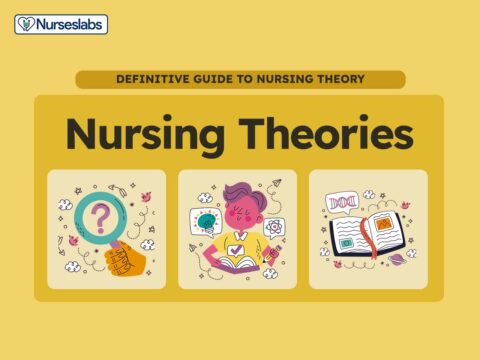
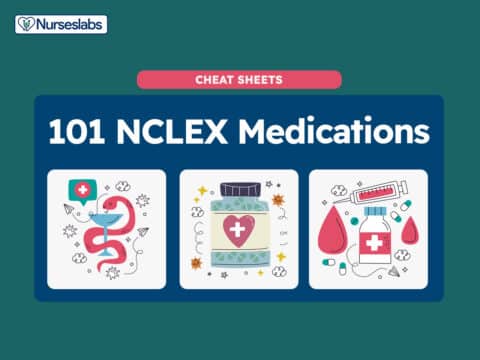

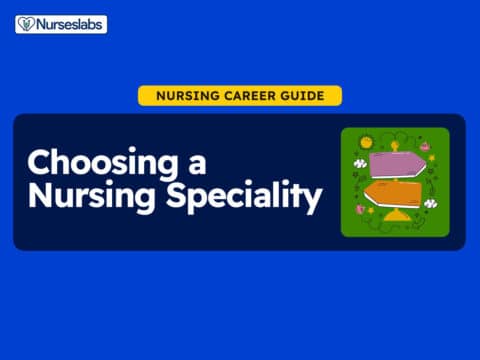
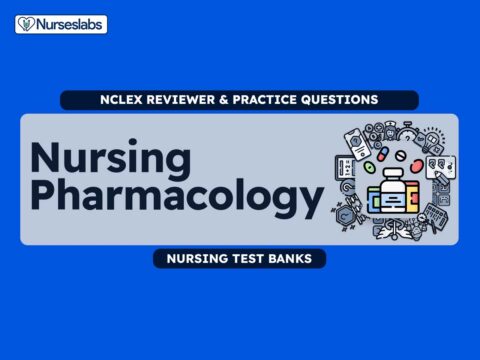



















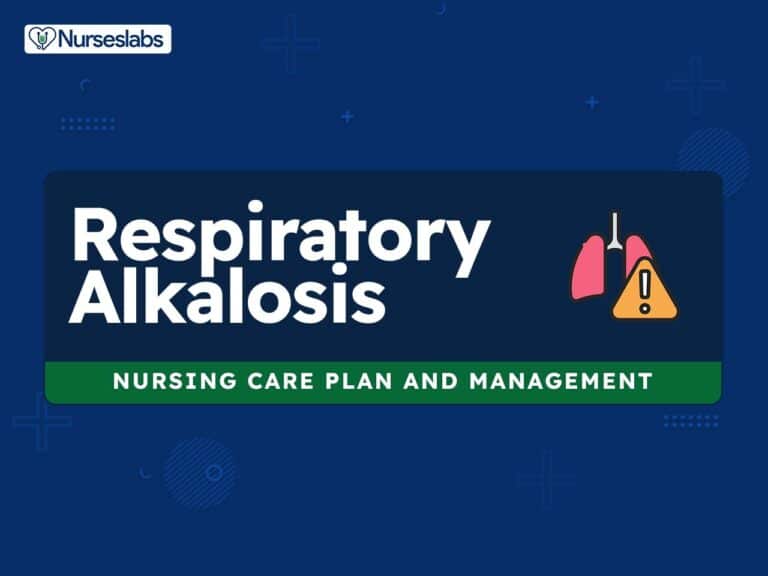

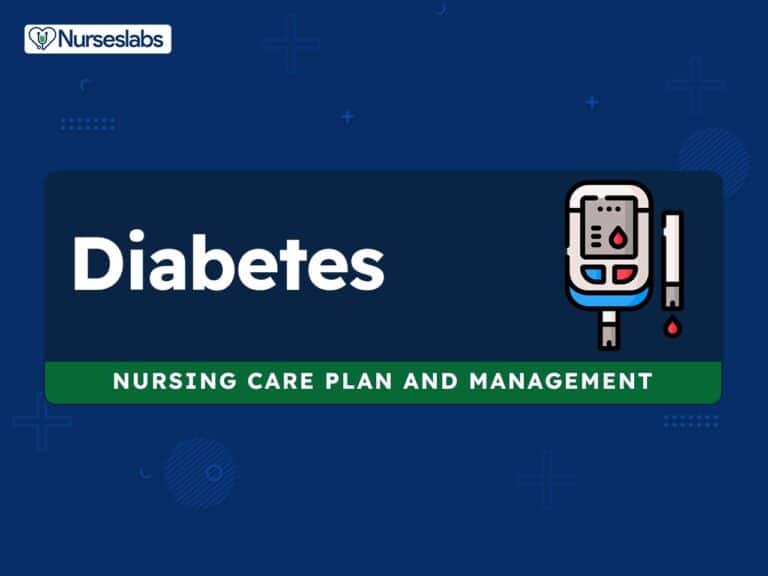
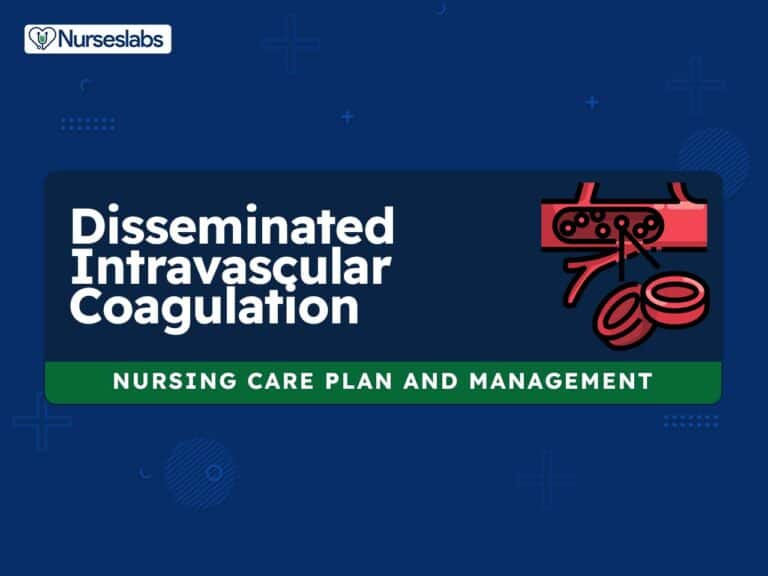
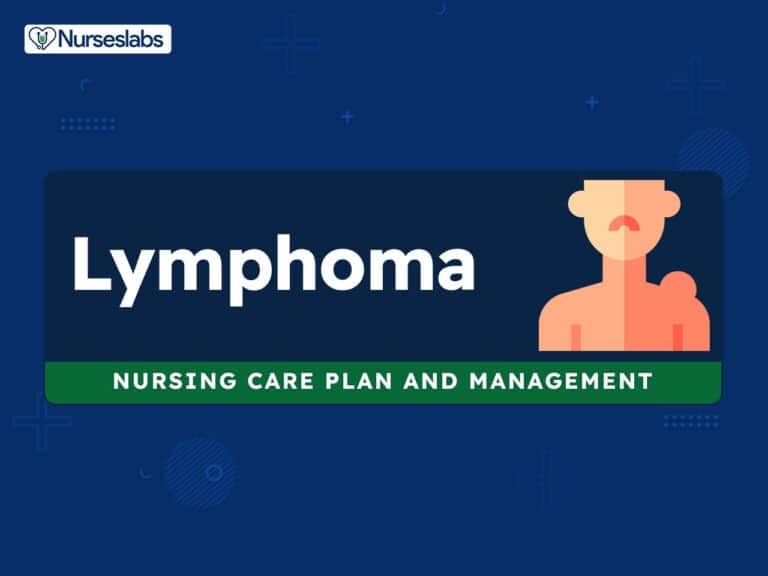

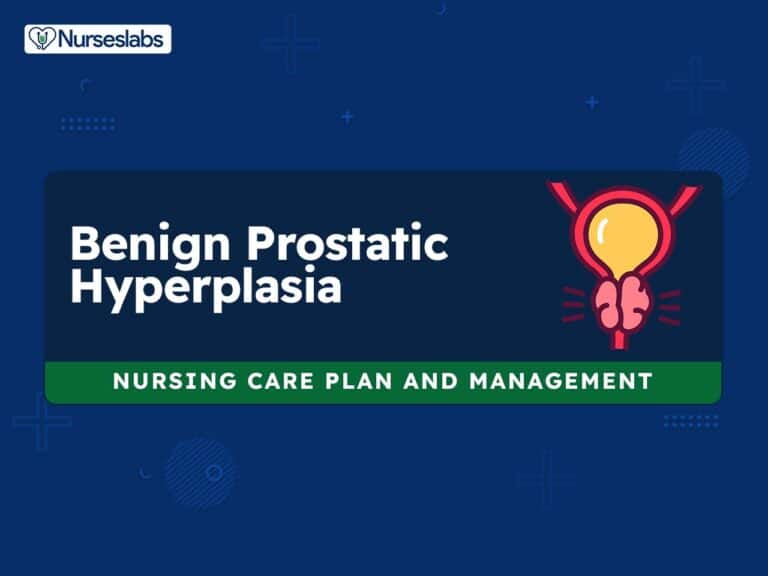
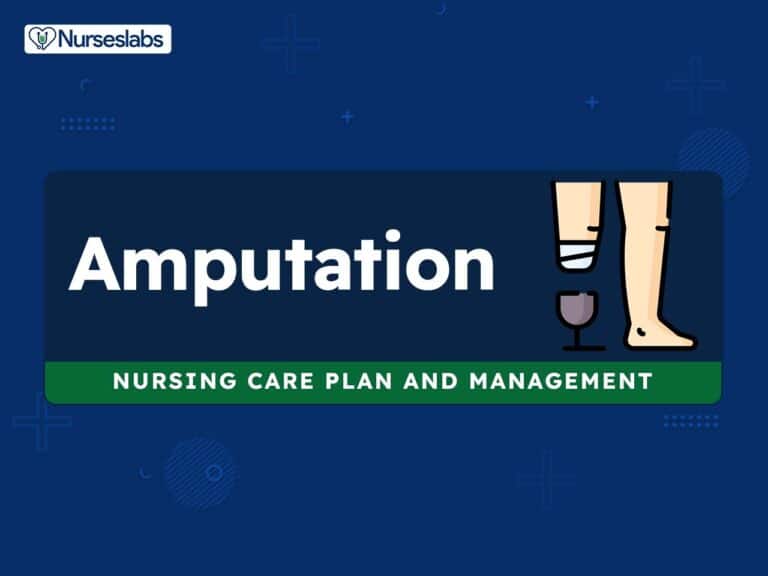

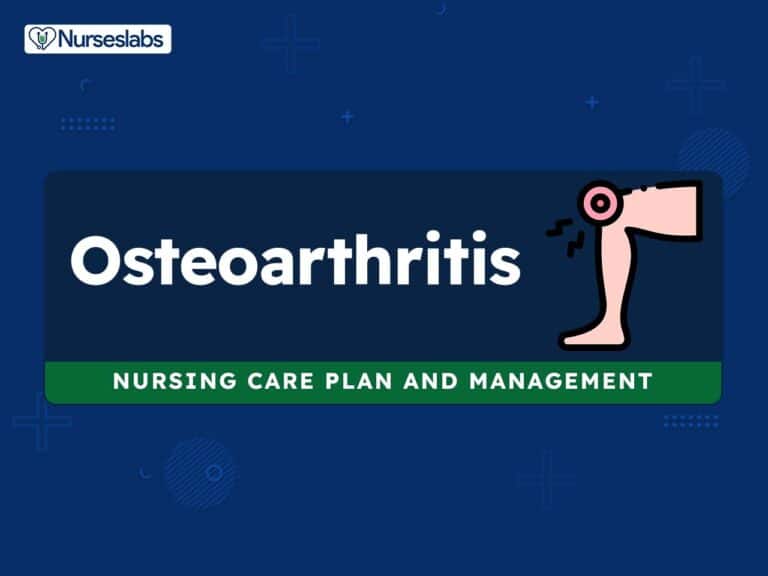
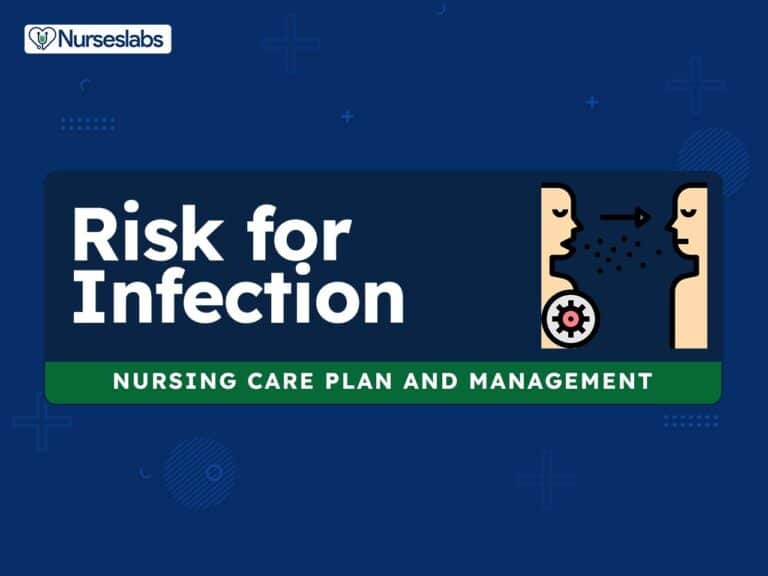

Leave a Comment